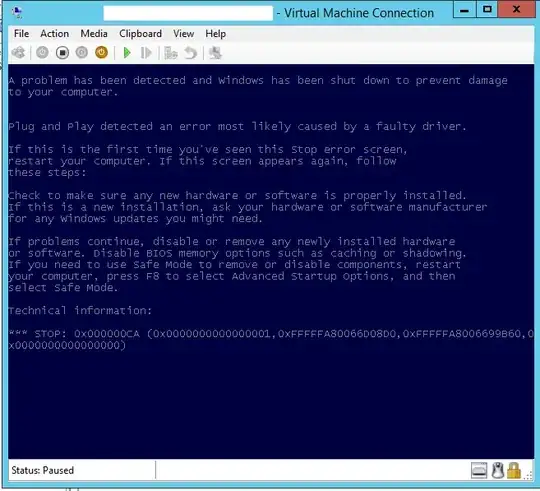You're using a much too small dataset for your benchmark to have any value, and you don't provide enough information by far. How are the samba share and iSCSI target configured? What is the hardware configuration like on both ends of the link?
First, 3 of your results (CIFS read and write, iSCSI read) ran at link speed. I don't know what your NAS is capable of, but I suspect you're only testing your data cache here. For any reasonable sequential speed benchmark, you need to test with at least twice the total RAM of the machine with the highest RAM (client or server).
For instance if your NAS and workstations have 8 GB of RAM, any test with less than 8GB will only test your cache and network, not the actual disk speed.
Second, your iSCSI target probably uses write-through. So what you're seeing in the iSCSI write test is probably the actual sequential disk write performance of your NAS, because your iSCSI target writes directly to disk (no write caching) while samba does not (and this is where it's very important to use a big enough dataset).
